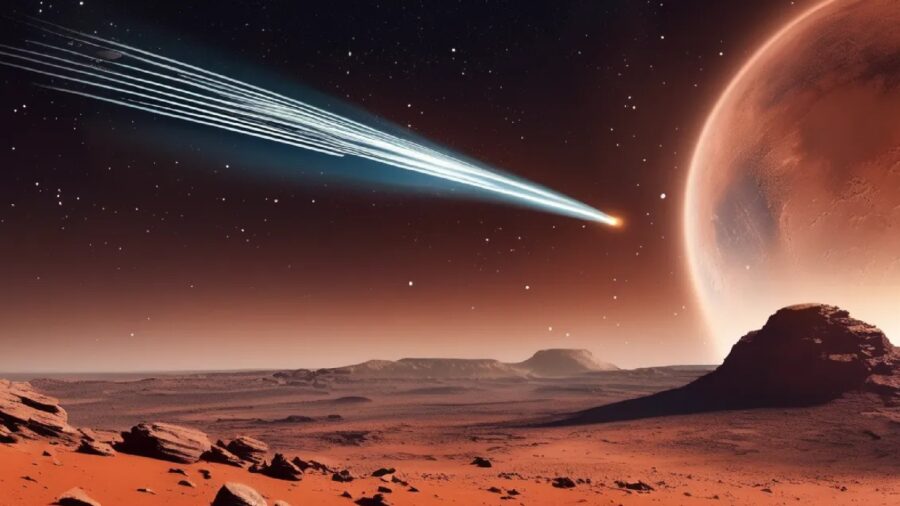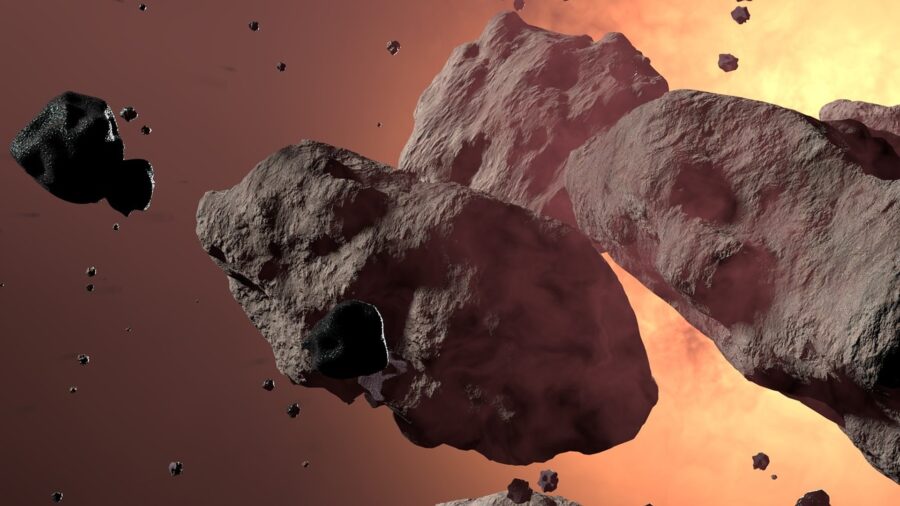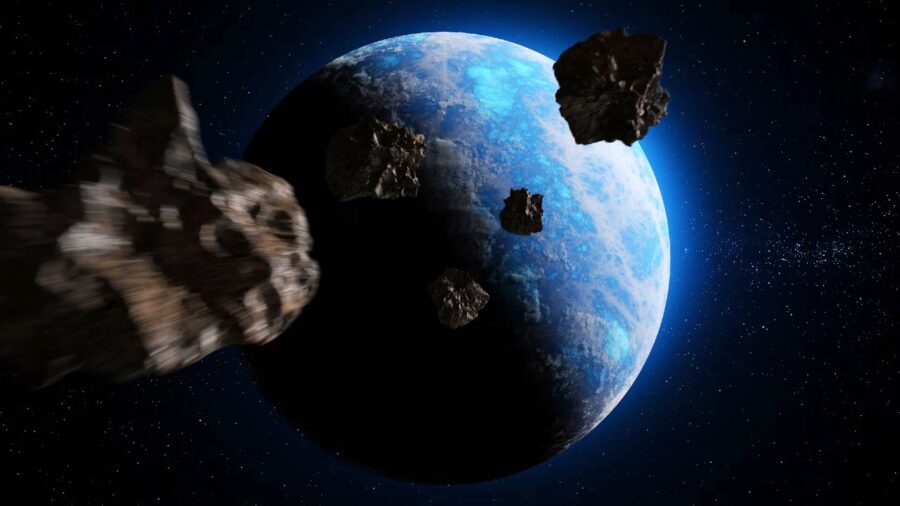Mars Meteor Shower Is NASA’s Fault?

Scientists recently revealed that an intentional collision between a NASA spacecraft and an asteroid could well lead to a meteor shower being seen from the surface of Mars. After sending the craft DART to a nearby orbiting asteroid, the force of the impact knocked off a good amount of the receiving body’s surface and ejected millions of particles of different sizes away from the asteroid and toward Mars. The serendipitous move will give Mars rovers an opportunity to get a glimpse of what is likely the first ever NASA-made meteor shower.
DART

Known officially as the Double Asteroid Redirection Test, DART was propelled into the asteroid Dimorphos late in September 2022. The purpose of this mission was to see whether or not the force generated by a human-sent craft could alter the trajectory of another body in orbit.
In this instance, Dimorphos was successfully moved by DART and forced into a shorter orbit around its mother body, the asteroid Didymos.
Human Eyes Won’t See It

The Mars meteor shower, if it happens, won’t be able to be seen from Earth. But the DART collision with Dimorphos could well be a spectacular site to behold if it can be captured by any Mars rovers.
It’s estimated that the meteor showers will occur at different times over the next decade, ending long before any human mission to the Red Planet could be pulled off.
Faster Than Fast

The particles that will lead to a possible Mars meteor shower were observed by the Large Array Survey Telescope (LAST) and a telescope housed at the Wise Observatory in Israel.
The NASA Swift satellite observed the fast-traveling particles soon after the collision, noting that they were moving at an astonishing speed. Some were traveling as fast as 5,900 feet per second.
The Planet Saver

While the Mars meteor shower is an unintended consequence, the real purpose of NASA’s DART mission should not be overshadowed. The proof that humans possess the capability to alter the trajectory of an asteroid gives hope to global space agencies being able to thwart off a potentially lethal collision between a larger asteroid and the Earth.
This could well be relevant to human survival. Cosmos reports that the Earth is struck by more than 6,000 meteors each year, an average of 17 per day. There are countless others that burn up in the planet’s atmosphere.
Hope For The Future

There are more than one million asteroids that have been observed and cataloged by NASA, with an estimated 34,000 of them near the orbit of the Earth.
Of these, nearly 70 are considered large enough to damage the planet catastrophically, though scientists state that they still represent very remote chances. But as the largest asteroids work in the biggest orbits, there are potentially many more that have yet to be observed.
With the recent success of NASA’s DART mission showing that these distant bodies can have their orbits altered, there’s hope that one day humankind can avert a global disaster while at the same time giving another planet, like Mars, a meteor shower to behold.












